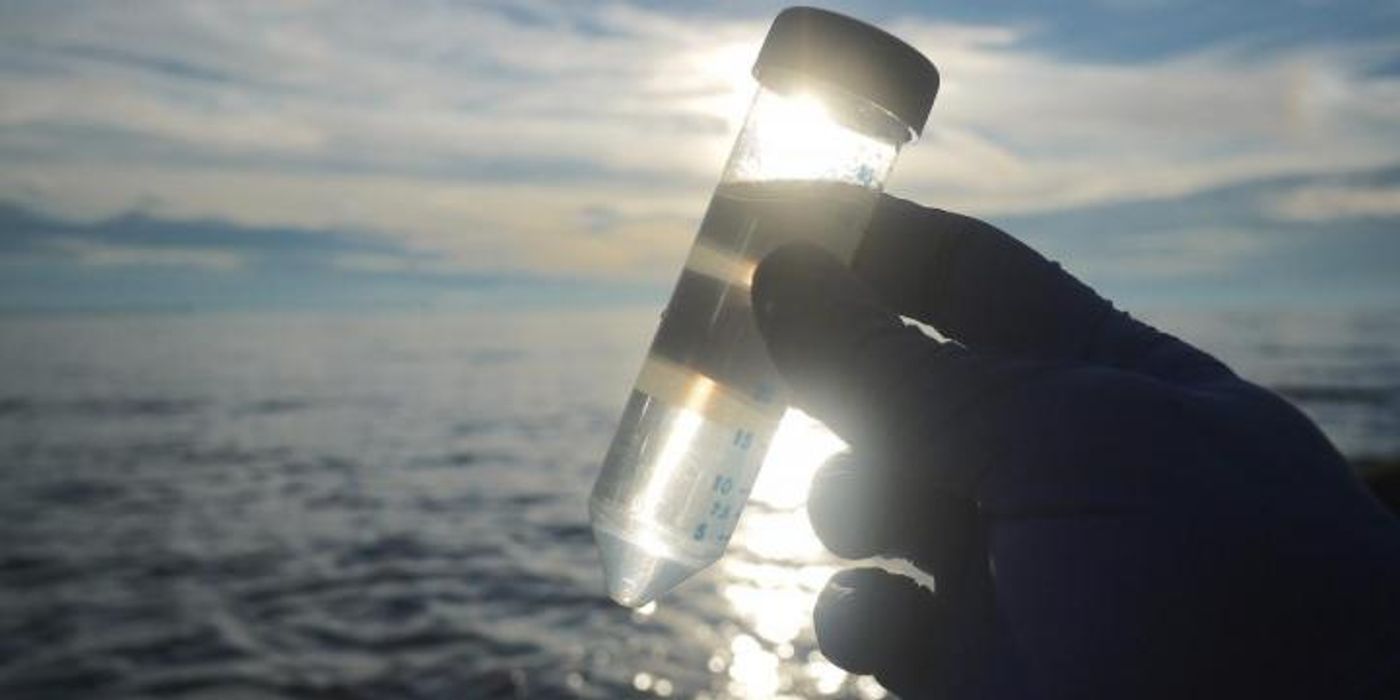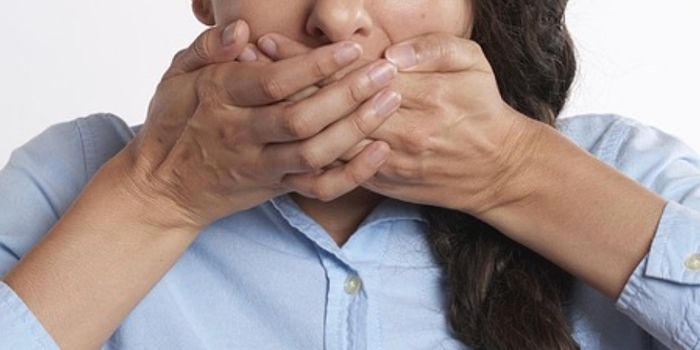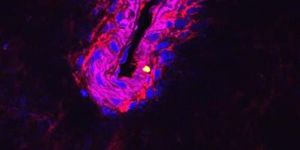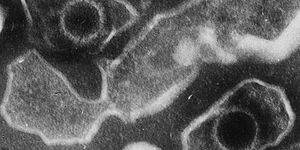Rethinking Microbial Ecology
We share the planet, and our bodies with untold numbers of microbial species that exert a significant influence on our world. Now scientists are rethinking how these microbes are assessed and studied. It may be time, they say, to use new approaches to research microorganisms. The settings in which bacteria, fungi and other microbes live can have a big effect on their behavior; these adaptable creatures can utilize many different methods to get energy for survival. That changeability is affecting the way scientists are thinking about them.
"Traditional ecology tells us species derive energy one way within an ecosystem - plant species convert light into chemical energy through photosynthesis, and animals burn organic carbon using oxygen to extract energy," explained the leader of a new report on the subject in Nature Ecology & Evolution, Stilianos Louca.
"But microbial systems have many more ways to get energy and are highly redundant. Hundreds of species can coexist and perform the same biochemical functions in one setting, and switch functions in a different setting," added Louca, a University of British Columbia (UBC) scientist.
Therefore any findings on microbial communities have to be viewed in light of their adaptive capabilities. As our study of these microbes expands into many areas, like how they affect human health or biofilm growth, or our environment, among other things, our understanding of microbial communities would probably not benefit from rigid definitions that don’t reflect our current knowledge.
"As researchers, we need to decouple biochemical processes from taxonomic labels. And we need to refine and update our terminology to represent this decoupling, and we need new paradigms to interpret changes in microbial communities," explained Louca.
In this study, the researchers looked at the genomes of 59,000 microbes and determined that redundancy is built into their existence. There is a wide and irregular distribution of genes that are important to biochemical mechanisms.
Another finding was that an old idea - about small populations of bacteria randomly generating fluctuations in the compositions of microbes – is not correct.
"Our synthesis, and new computer simulations, show that view is likely wrong," noted Louca. "We should be focusing on the largely unexplored biological interactions between organisms - such as predation by viruses or antibiotic warfare, that don't necessarily affect the major biogeochemical fluxes in the system."
This work was performed by an international team of researchers over two years.
An overview of microbial ecology.
"Microbial ecosystems outside the lab can typically sustain a large number of taxa with the potential to perform the same metabolic functions, begging the question of how such apparently redundant species coexist," commented Otto Cordero, an assistant professor at the Massachusetts Institute of Technology, who was not involved in the study.
"One possibility is that coexistence is maintained by neutral processes, such as demographic fluctuations. Another is that seemingly redundant taxa are differentiated in their 'micro-niches' based on fine-scale trait differences, such as attachment, motility, enzyme affinities. This research builds a strong case for the latter and presents a thoughtful discussion of its implications for the study of microbial ecosystems. An important corollary of this paper is the need to group taxa into functional units, similar to how trait-based ecology groups plants in guilds."
Sources: AAAS/Eurekalert! via University of British Columbia, Science









